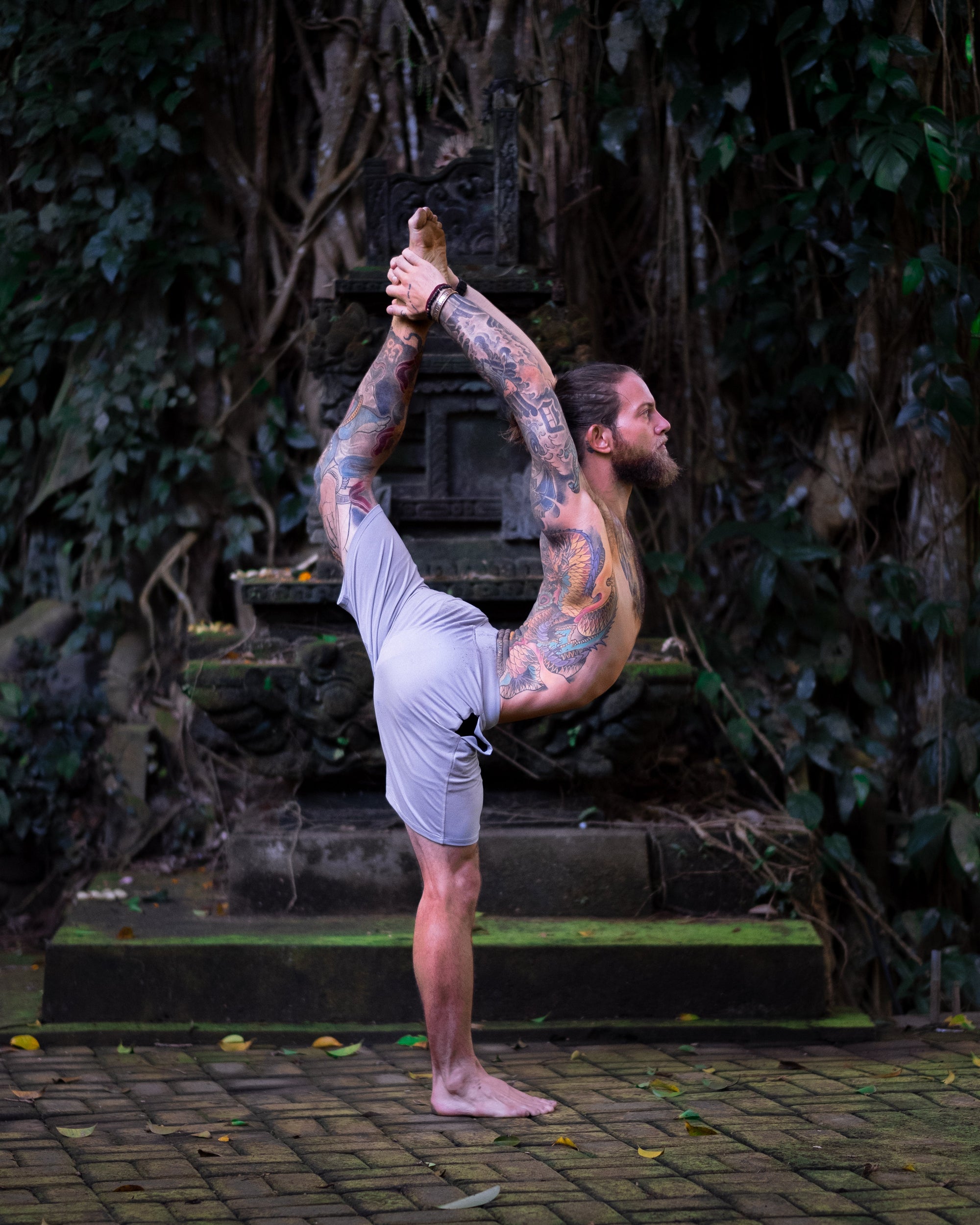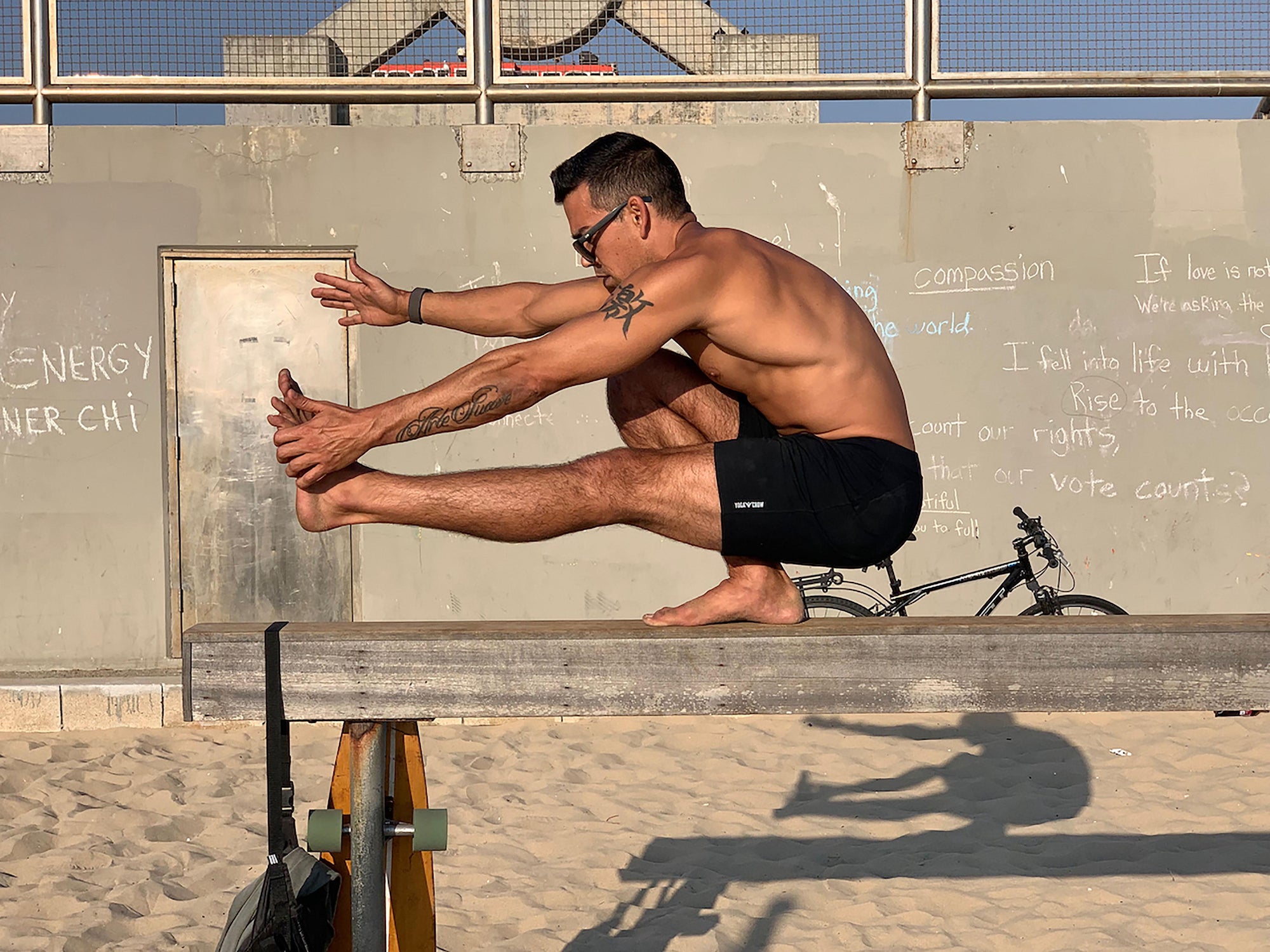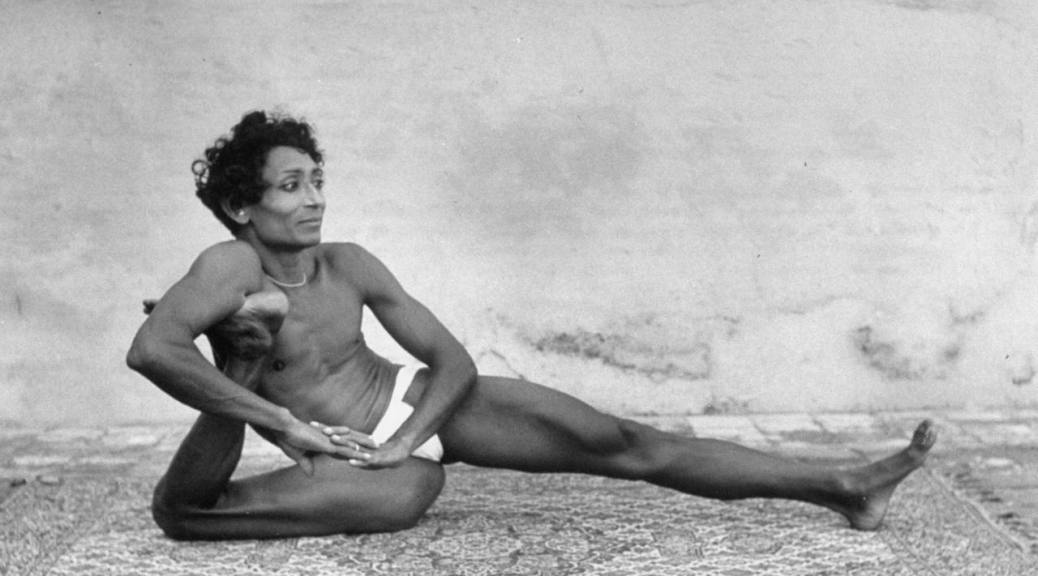For someone new to yoga, all the different types of yoga on offer these days can be pretty confusing. Should you do Bikram, Hatha, Ashtanga? In this article, we'll give a rundown of 7 of the most popular branches of yoga.
Yoga is a 16 billion dollar industry and one of the most practiced exercises in the world. With so many branches of yoga to practice, it offers benefits for everyone. Yoga helps you maintain a sense of balance, flexibility, and provides mental clarity when life is overwhelming.
When you skim classes at the gym or yoga studios, how do you know which yoga style is right for you? After all, there are numerous types of yoga.
We've compiled seven of the most popular branches of yoga, so you can take the guesswork out of choosing and focus on your breath.
7 Branches of Yoga
Hatha
According to Sanscrit, 'hatha' is any yoga that deals with physical postures. Other branches of yoga such as kryia, raja, and karma yoga all focus on other aspects outside of the physical. Hatha yoga is the most common type of yoga and the most recognizable in Western Culture.
In a Hatha yoga class, the movements are gentle and slower-paced, though that doesn't mean you won't benefit. Hatha yoga will relax your body and mind. It's the best yoga style for beginners.
Iyengar
B.K.S. Iyengar (say, "eye-yen-gar"), was the founder of Iyengar yoga and an influential teacher on the yoga landscape.
This yoga style focuses on proper alignment and precise movements. Iyengar yoga uses mats, straps, blocks, and other yoga 'props' to reach deep in the pose and allow you to hold the pose for long periods of time.
You probably won't break a sweat or even move around much, but the mental ability to focus on your alignment and stay there is key. Even if you consider yourself an intermediate yogi, start with a beginners course because of the mental stimulation.
For those with injuries, Iyengar yoga can help with your recovery, as you'll focus on the proper alignment of the area that's healing.
Iyengar instructors go through a rigorous education to help their clients. They often share information about the body and its movements during classes.
Bikram
Bikram yoga style involves sweating buckets.
Birkram yoga gets its name from Bikram Choudhury, who created this type of yoga practiced in a heated room.
You can sometimes find the same practice listed under hot yoga, but there's a difference. Bikram yoga practices the same series of 26 poses, and every Bikram yoga class is identical and predictable. In Hot yoga, the poses can vary, and this has caused some controversy over whether hot yoga is actually Bikram yoga.
The theory behind Bikram yoga is to loosen tightened muscles while sweating in a 104-degree heated room for 90 minutes.
Bikram yoga may not be ideal for beginners, but if you're curious, take it slow. Don't forget your towel, moisture-wicking clothes, and lots of water.
Ashtanga
Ashtanga yoga has been in western culture since the 1970s thanks to a man named K. Pattabhi Jois.
Ashtanga yoga focuses on consistent breathing and movement. The focus of Ashtanga yoga is to connect breathing to your movement while following a sequence of poses designed to keep you moving. It is rigorous yet orderly as the poses practiced in the sequences are always the same in every class.
Because of its strenuous nature, Ashtanga yoga is not recommended for beginners. Take a few yoga classes (or more) before you sign up for an Ashtanga class!
Vinyasa
Vinyasa is defined from Sanscrit as "to place in a special way" referring to yoga poses in this style of yoga.
Vinyasa is similar to Ashtanga in that you're connecting your breath to each pose while flowing from one pose to the next, but it lacks the specific sequence that Ashtanga follows. Each Vinsaya class will differ from the last.
The pace of the class depends on the instructor. Most instructors who teach Vinyasa yoga will move the class quickly from one pose to the next, so make sure you're paying close attention. However, some instructors may prefer to linger for a bit on one pose before transitioning to the next.
Per the instructor's discretion, Vinyasa yoga may be the one class you're likely to hear music to keep the class energized and focused.
Yin Yoga
If you're looking for slow-paced yoga, Yin yoga is your style.
A great start for beginners, Yin-yoga takes place in a seated position, with students holding the poses gently for up to two minutes. Doing this helps the beginner become familiar with different poses and master them.
Yin yoga is not only for beginning yogis. Its calm, slow-paced, meditative style is attractive for those who desire to wind down and relax. Using props like the yoga strap or a block (or others) you can sink deep into the poses to promote ultimate relaxation while improving flexibility in your muscle tissues.
If you find that it's difficult for you to stay calm, Yin yoga may take some time to enjoy. Once you feel its benefits, though, Yin yoga is a great addition to your yoga practice.
Restorative
Restorative yoga is exactly what it states - it's restorative.
Sharing many similarities with Yin Yoga, restorative yoga focuses on relaxation and calming the mind. Yoga props are suggested to aid this relaxation, so you use less energy bending or holding the pose. There's no sequence of poses and no sweat - your main goal is to relax while practicing poses that promote relaxation.
Everyone should practice restorative yoga, particularly those struggling with anxiety, insomnia, or people whose minds are always racing.
Which Branch Do You Prefer?
Exploring these seven branches of yoga will give you insight into how to proceed with your yoga practice. Each style offers a unique perspective and practice, designed to strengthen, stretch, and stimulate you in different ways. Whether you want to sweat, breath, move or relax, yoga can meet your needs.
Choose one or a variety of yoga styles to get you moving and breathing today.
Need clothes designed specifically for you and your practice? Visit our store to discover the comfort and flexibility you expect from yoga wear.






